Falling towards the end of the art market season, Art Basel, held in halls in the city’s Messeplatz (13–16 June), serves as a summary of all that has built up before. This year marks the fair’s 50th edition, and while celebrations are being saved for next year, efforts from the exhibiting modern and contemporary art galleries – around 290 in total – are appropriately impressive.
Works on show at Basel are often strongest in a Venice Biennale year, since galleries who can get pieces from their artists who are showing in Italy are sure to bring them to sell in Switzerland. Accordingly, this year Lisson Gallery has works by Laure Prouvost, who is representing France in Venice, including a new, large-scale tapestry (Lèche Car, 2019; €75,000) and a sign, IDEALLY THE FLOOR WOULD BE SOFT HERE (2016, €10,000); meanwhile Stevenson gallery, based in Cape Town and Johannesburg, brings paintings by Mawande Ka Zenzile, one of three artists representing South Africa, including his Cash Cow of 2016–17 (price on application) – which comes complete with cow dung as well as oil paint on its canvas. Unconventional materials also appear in work by the Berlin-based American artist Jimmie Durham, recipient this year of the Venice Biennale’s Golden Lion for Lifetime Achievement. London-based Sprovieri gallery brings Durham’s Aazaard of 2018, made from animal bones and car parts (€120,000). Added to the winning mix will be works by some recently announced Turner Prize nominees – including the filmmaker Lawrence Abu Hamdan, courtesy of Maureen Paley.
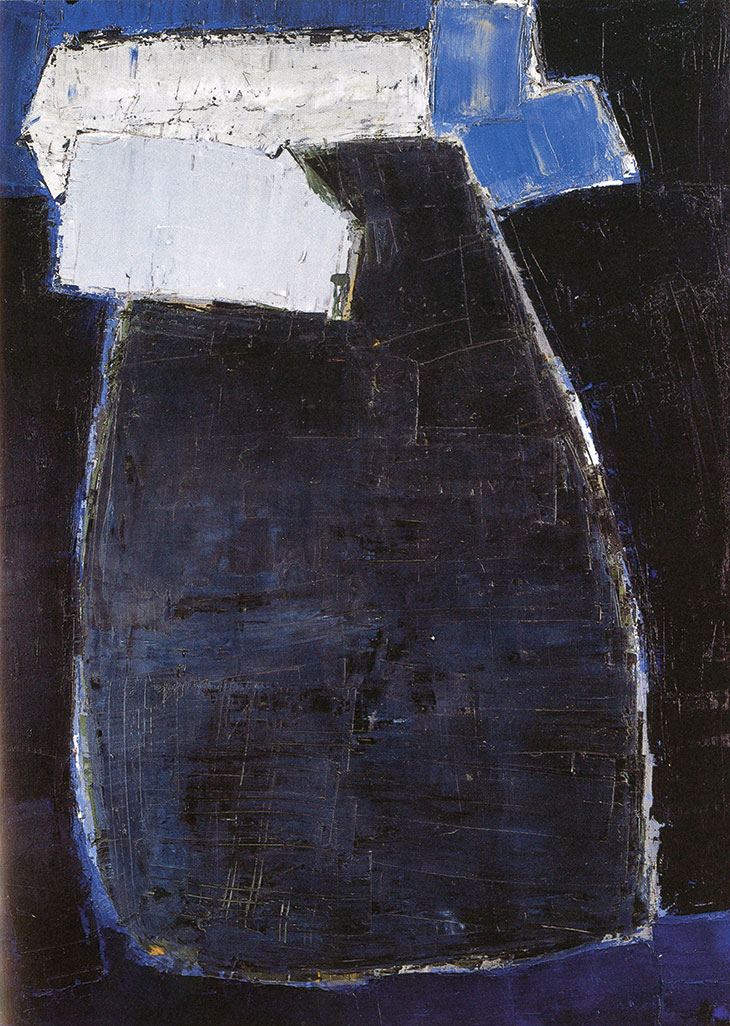
Grande Composition Bleue (1950–51), Nicolas de Staël. Applicat-Prazan (price on application)
Art Basel also comes just a few weeks after New York’s auction season – estimated to make more than $1bn in only one week at the time of writing – so some of the star names on the secondary market, this season including Henry Moore, Nicolas de Staël and Pablo Picasso, will be prominent at the fair. Applicat-Prazan brings De Staël’s Grande Composition Bleue (1950–51, price on application). ‘When the auctions go well, it brings confidence to the market,’ notes Marc Spiegler, global director of Art Basel.
This year’s Art Basel also marks the implementation of its sliding-scale pricing system, which means that the 232 galleries in the main section will pay a square-metre price, according to the size of their booths, that will rise as the booth size gets larger. Also, new entrants to the upper floor of the main fair – generally mid-sized and smaller galleries – will get a 20-per-cent discount on their square-metre price in their first year and 10 per cent off at their next showing. ‘We’ve had no pushback from the people who are paying more, which is graceful of them, and while it doesn’t solve all the problems for the smaller galleries, [the discount] can have a substantive impact on their ability to take risks,’ Spiegler says. The seven galleries new to the main event this year include Sprovieri and three Berlin-based stalwarts, Peres Projects, Société and Wentrup.
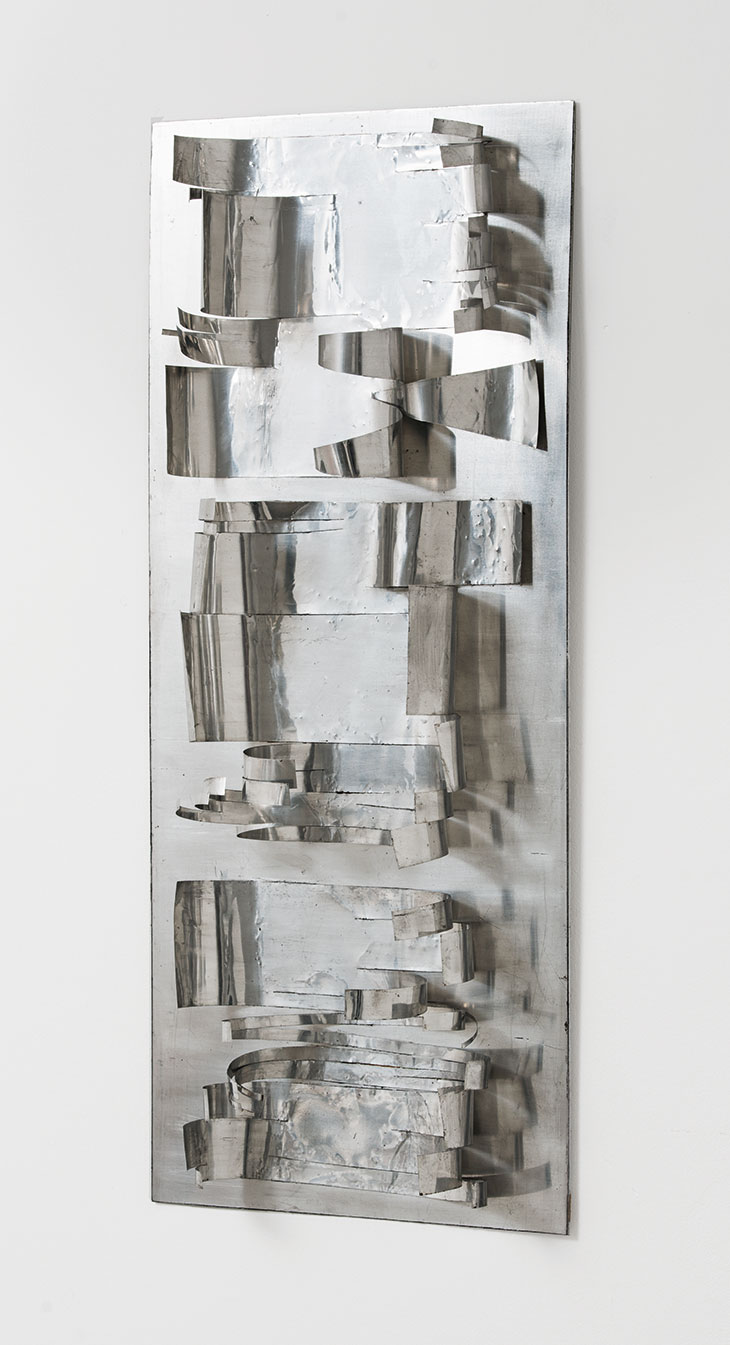
Untitled (c. 1970), Maria Bartuszová. Alison Jacques Gallery (price on application). Photo: © The Archive of Maria Bartuszová, Kosice; courtesy the Estate of Maria Bartuszová, Kosice, and Alison Jacques Gallery, London
Alison Jacques Gallery is this year moving down to the ground floor, where more historical works are usually displayed. Its stand will include sculptures from the 1960s and ’70s by the Slovak artist Maria Bartuszová (€50,000–€500,000), who will be the subject of a retrospective at Tate Modern next year. Another artist with a Tate show, the Guyana-born British painter Frank Bowling, is included in one of 24 projects in the fair’s ‘Feature’ section of solo or curated presentations. Hales Gallery brings six of Bowling’s previously unshown Cathedral Paintings from the 1980s, inspired by Evelyn Waugh’s novel A Handful of Dust (1934) and built up with materials and objects through a process Bowling refers to as ‘cooking’ ($200,000–$400,000). Bowling’s first major retrospective has just opened at Tate Britain (until 26 August), while Hales also has a solo show in its London gallery (‘More Land than Landscape’, until 22 June). In the main fair, Luxembourg & Dayan brings several significant modern works, including Domenico Gnoli’s rare, mature work Sofa (1968, price on application). This showed in Gnoli’s first US exhibition, at Sidney Janis Gallery in 1969, just before the artist died.
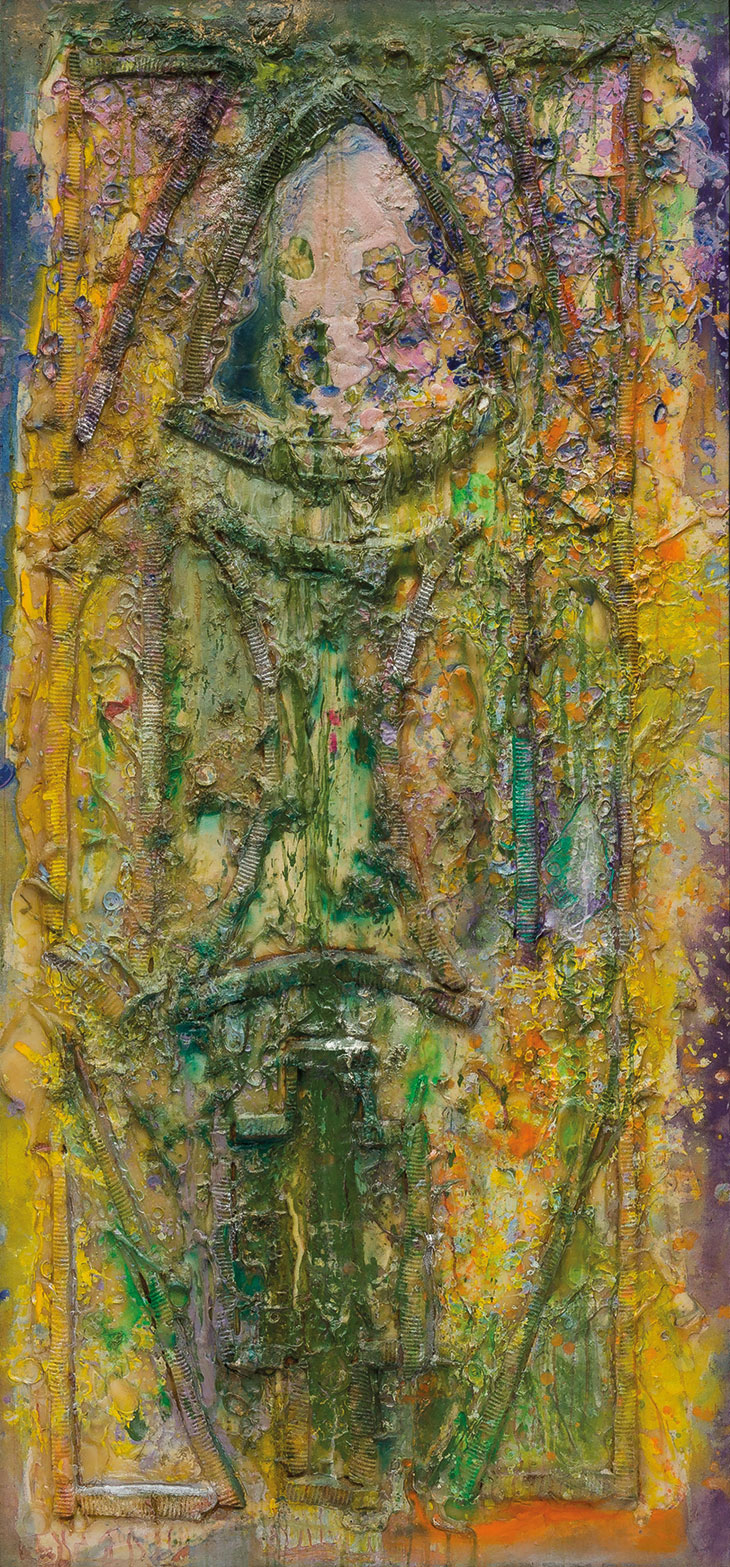
According to Waugh (1986), Frank Bowling. Hales Gallery (price on application). Courtesy the artist and Hales Gallery; © Frank Bowling. All Rights Reserved, DACS 2019
Meanwhile, Instagram posters will likely find material in the ‘Unlimited’ section, curated for the eighth and final year by Gianni Jetzer, curator at large at the Hirshhorn Museum and Sculpture Garden in Washington, D.C. Among the 75 large-scale works here, several – we are promised – will address political and socio-political tensions, themes of growing interest to the previously oblivious art market. Kerry James Marshall shows RYTHM MASTR Daily Strip of 2018, a plexiglass work that recreates scenes from Marshall’s long-running Rythm Mastr project, a comic strip in which the superheroes are African-American (Jack Shainman gallery and David Zwirner, price on application). A politically charged film installation by Mika Rottenberg, Cosmic Generator (Loaded #3) (2017–18), addresses areas of tension via street markets around the world, including in Mexicali and Calexico, either side of the Mexico-United States border (Hauser & Wirth, $350,000). Rodeo gallery brings work by the experimental Liliane Lijn that homes in on what it is to be a woman through two computer-controlled sculptures, Conjunction of Opposites: Woman of War and Lady of the Wild Things from 1983–86 (price on application).
Museum shows in town seem less weighty than last year when the Fondation Beyeler showed off the twin powers of Francis Bacon and Alberto Giacometti; this summer’s exhibition is dedicated to Rudolf Stingel. There’s a sense of adventure though with exhibitions including ‘William Kentridge: A Poem That Is Not Our Own’ at the Kunstmuseum, Basel (8 June–13 October) and performative pieces by Rebecca Horn at the Museum Tinguely (‘Body Fantasies’, 5 June–22 September).
As ever, it will be a whirlwind week. What has changed since Art Basel was founded in 1970, however, is that market activity is now particularly frenetic in the run-up to the summer: several galleries at this year’s fair are coming off the back of six weeks of intense activity, which kicked off in early May in New York. ‘There is clearly an argument that people are tired by this point,’ Spiegler says. ‘But the quality of consignments and commissions means Art Basel can be a grand finale.’
Art Basel takes place at Messe Basel from 13–16 June.
From the June 2019 issue of Apollo. Preview and subscribe here.
Unlimited access from just $16 every 3 months
Subscribe to get unlimited and exclusive access to the top art stories, interviews and exhibition reviews.

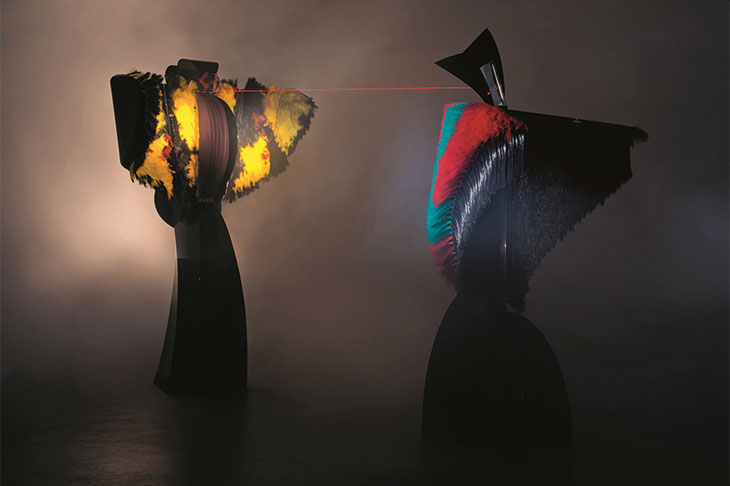
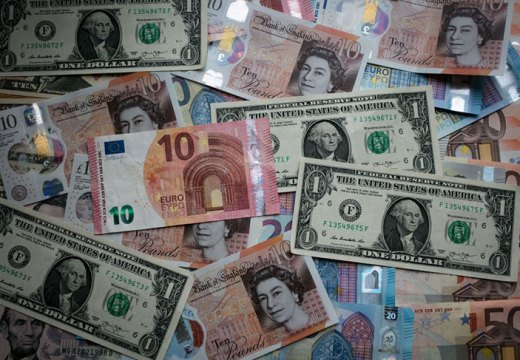
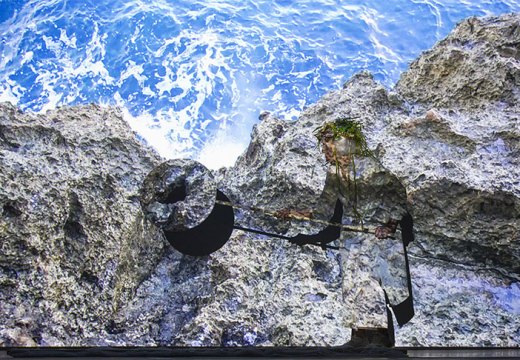
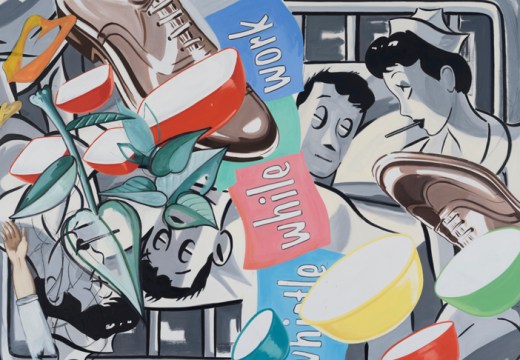









![Masterpiece [Re]discovery 2022. Photo: Ben Fisher Photography, courtesy of Masterpiece London](http://www.apollo-magazine.com/wp-content/uploads/2022/07/MPL2022_4263.jpg)
Has the Fitzwilliam lost the hang of things?